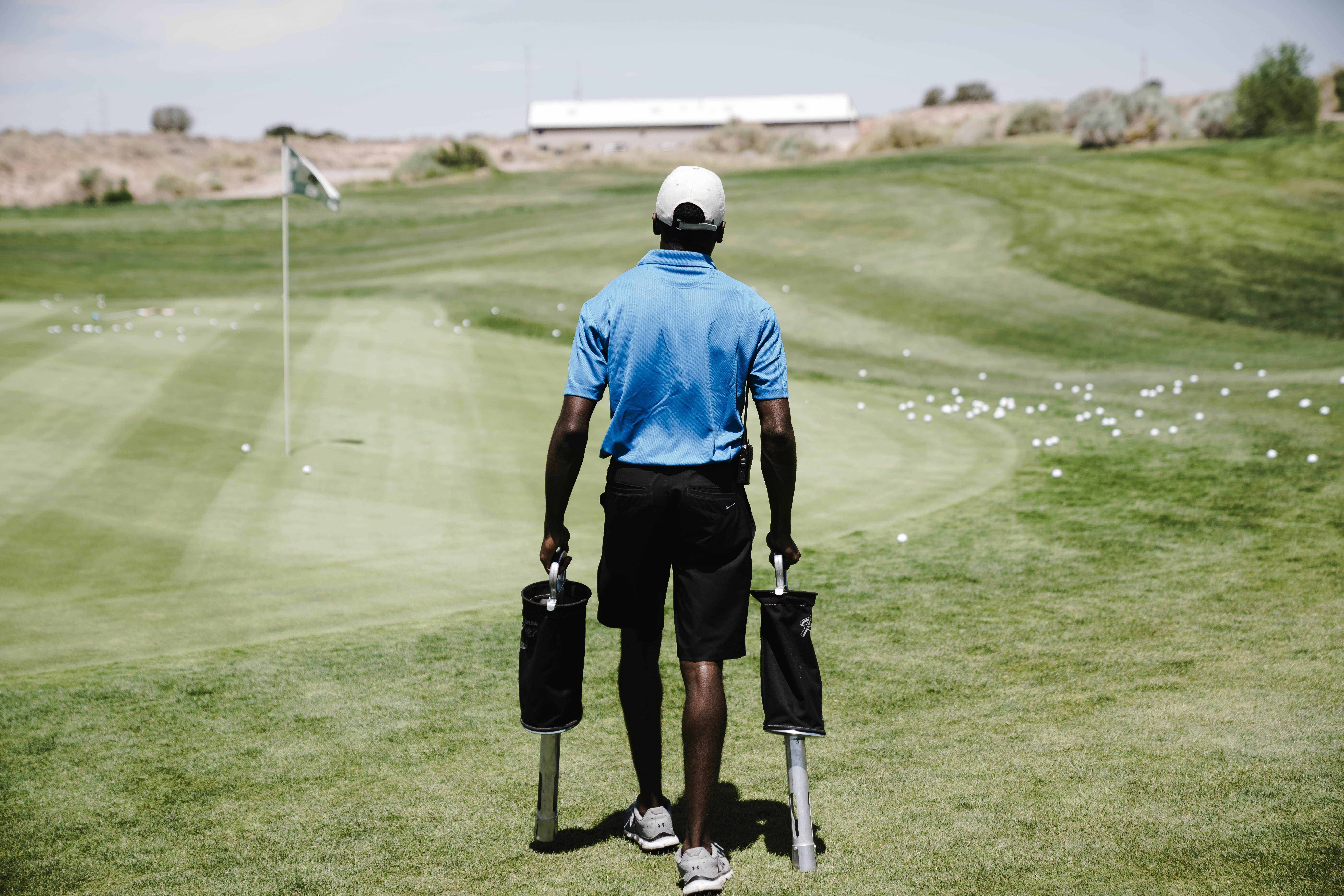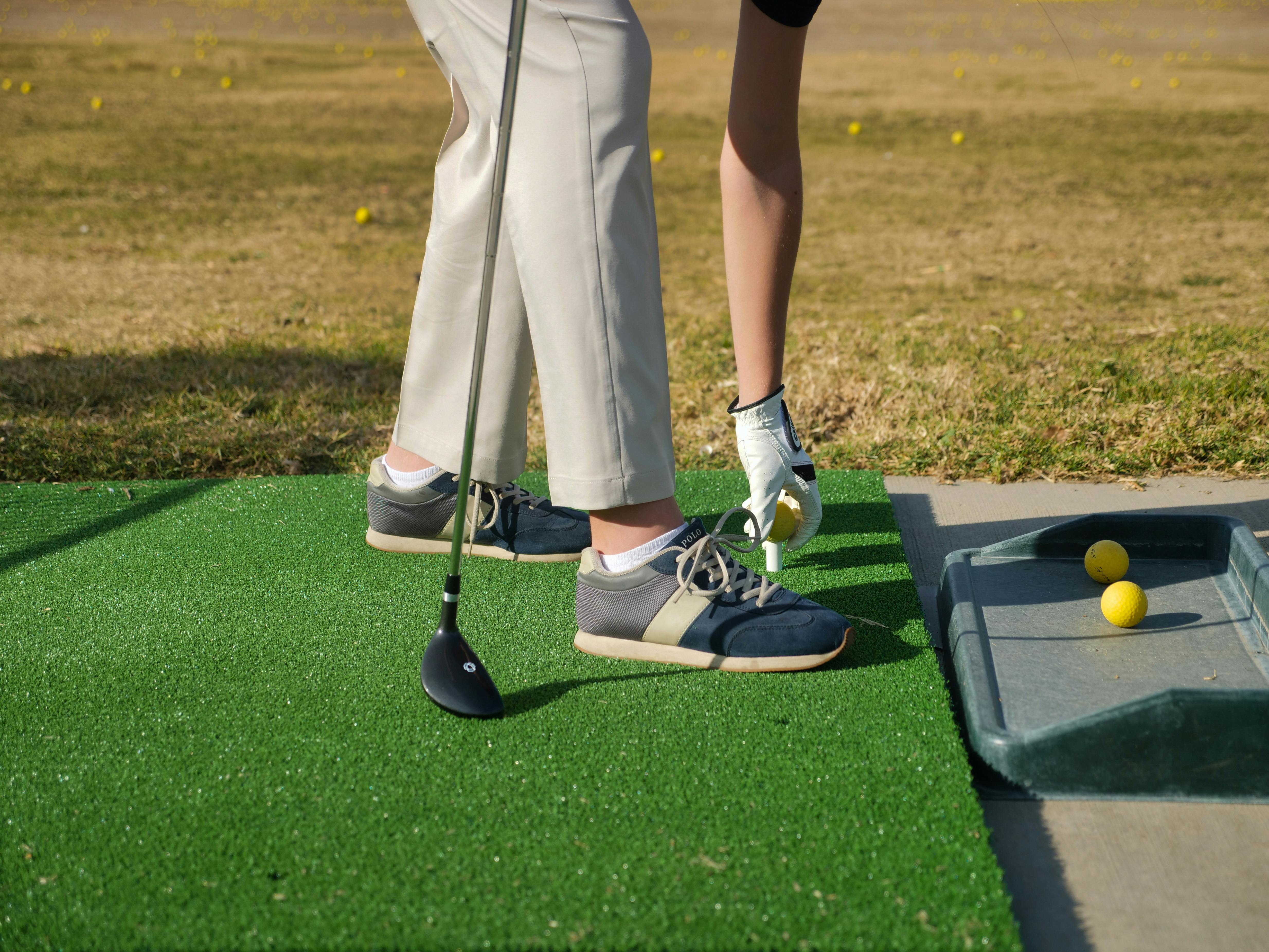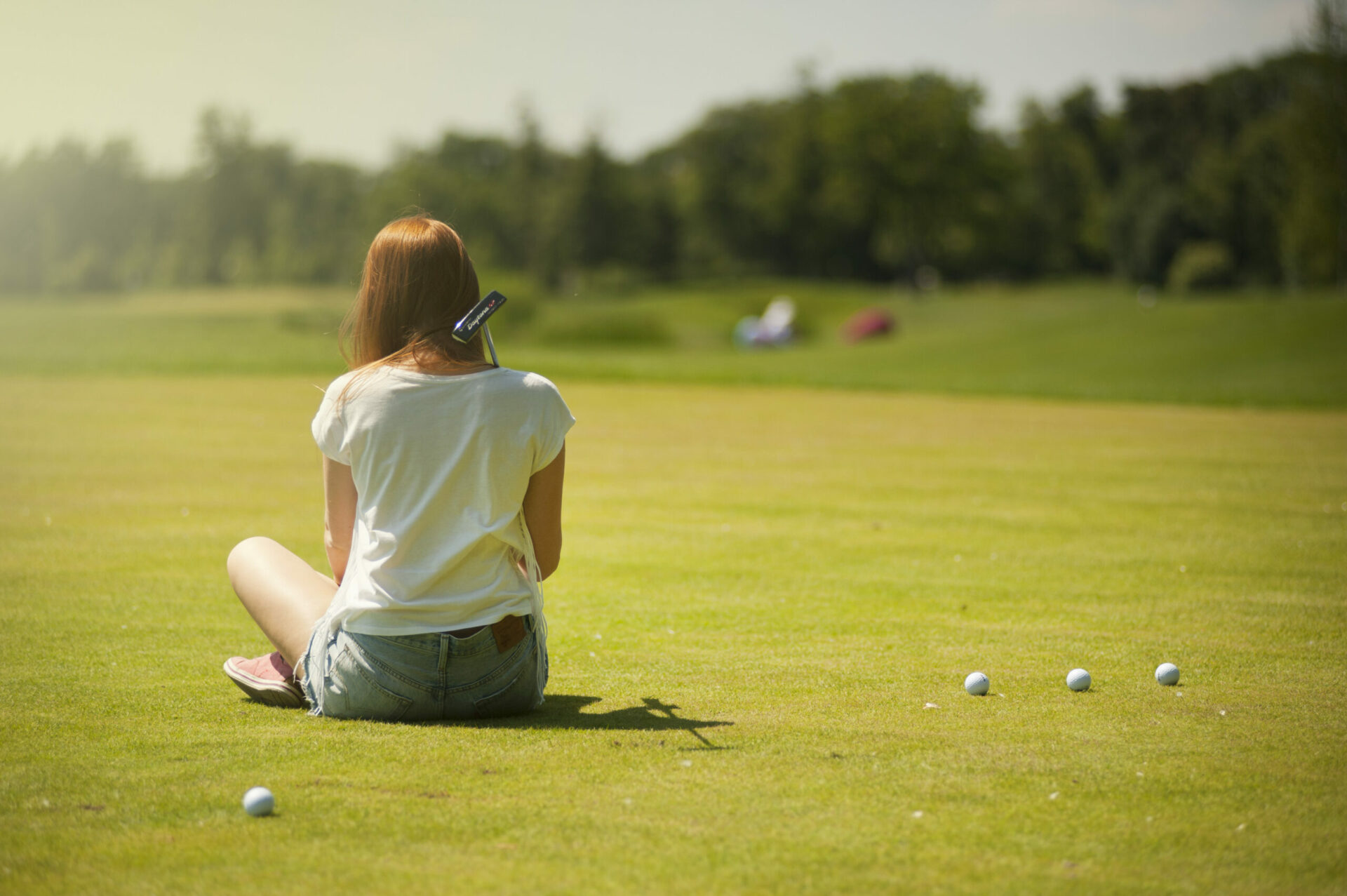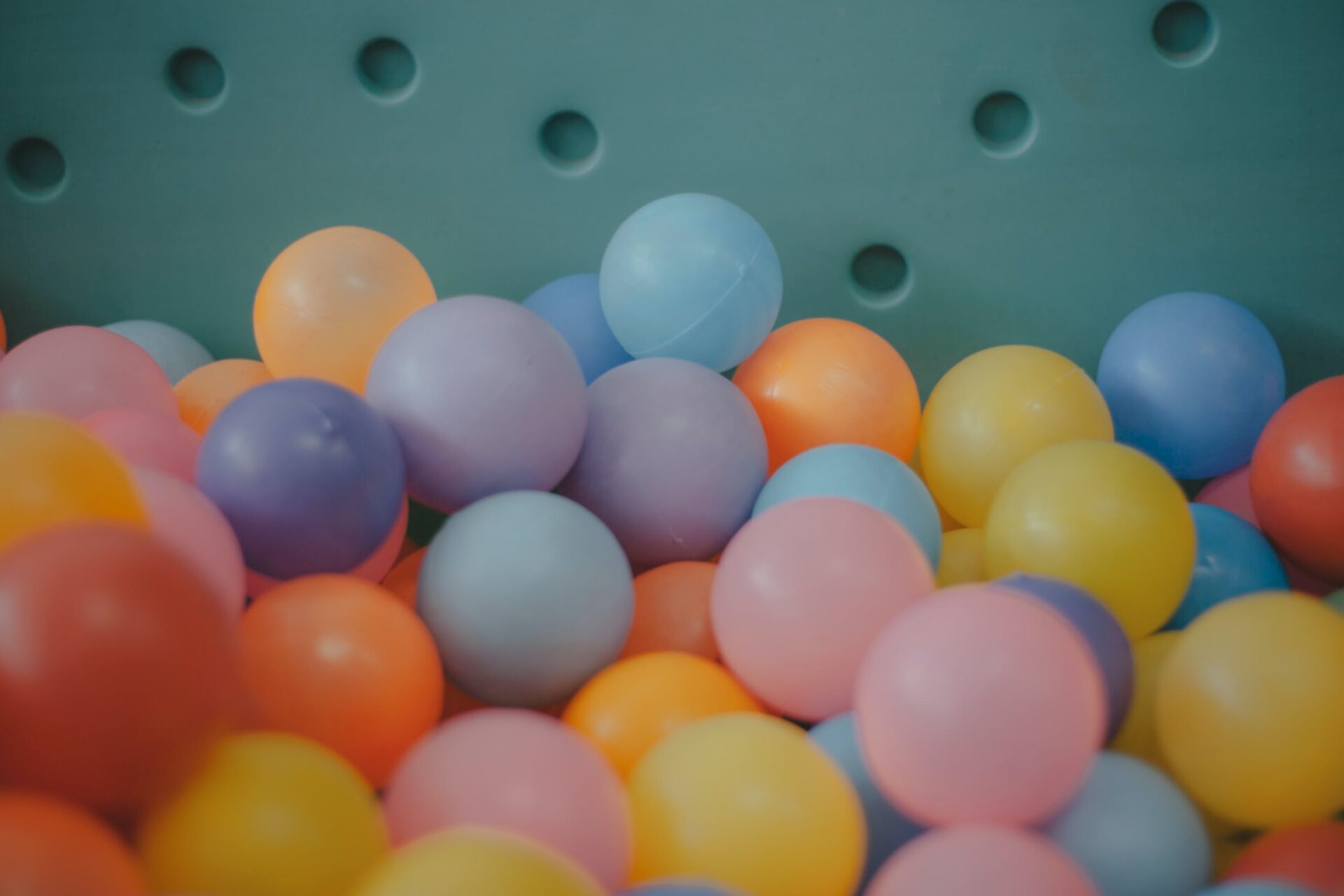Golf is a beloved sport enjoyed by millions of people around the world. One of the most important pieces of equipment for playing golf is the golf ball, and it is important to know if golf balls can go bad. This article will explore whether or not golf balls do indeed go bad and how long they last before needing to be replaced.Golf balls can go bad over time due to exposure to the elements such as moisture, heat, and cold. Additionally, golf balls can experience a decrease in performance due to dirt and debris buildup or wear from impacts with the clubface which can cause the ball’s cover to become scuffed and reduce its aerodynamic capabilities.
Do Golf Balls Go Bad in Hot Weather?
Golf balls are designed to stand up to a variety of weather conditions, including hot weather. However, when temperatures become too extreme, even the most durable golf balls can begin to suffer. In hot weather, golf balls can become soft and lose their resilience. They can also start to crack or split, which can affect their performance on the course.
The heat can also cause the dimples on the ball to pop out or become distorted. This happens because the plastic cover of the ball expands and contracts as it is exposed to extreme temperatures. This can reduce the golf ball’s aerodynamic properties and make it less likely to fly straight.
Fortunately, golfers don’t have to worry too much about their golf balls in hot weather. Most high-quality golf balls are designed to withstand temperatures of up to 140 degrees Fahrenheit (60 degrees Celsius). As long as you store your golf balls in a cool area and avoid leaving them in direct sunlight for extended periods of time, they should remain in good condition.
However, if you do find yourself playing in extreme heat, there are some steps you can take to protect your golf balls from damage. Storing your balls in an insulated cooler will help keep them at a consistent temperature and reduce any damage caused by extreme temperatures. Additionally, using a towel or glove when handling your golf balls during play can help protect them from heat-related damage.
Overall, while hot weather may cause some degradation in a golf ball’s performance over time, it won’t cause irreparable damage if you take precautions when playing in hot conditions. By taking steps such as storing your golf balls properly and using a glove when handling them during play, you can ensure that your golf balls stay in good condition no matter what the temperature is outside.
What Happens to Golf Balls When They Go Bad?
Golf balls are designed for durability and performance, but they don’t last forever. Over time, golf balls can become worn down, cracked, or otherwise damaged. When this happens, the ball will no longer perform as intended and must be replaced.
Golf ball manufacturers use a variety of materials to make their products. The core of the ball is typically made from rubber or plastic, while the shell is usually made from urethane or a similar material. This combination provides a durable covering that helps protect the core from damage.
However, even the toughest golf balls can eventually break down due to wear and tear. Common causes of damage include contact with hard surfaces such as rocks or tree roots, exposure to extreme temperatures and moisture levels, and excessive force from a powerful swing.
When a golf ball becomes worn down or cracked, it will no longer fly as far or accurately as it should. The surface of the ball may also become rough and uneven due to nicks and dents caused by impacts with hard objects on the course. As a result, the ball will not perform at its best and should be replaced immediately.
Fortunately, most golf courses have facilities where you can purchase new balls if needed. You can also buy them online in bulk for more economical prices. If you find yourself playing with a damaged ball regularly, it may be worth investing in some higher quality ones that are designed to last longer than your standard golf ball.
Overall, golf balls don’t last forever but when they do go bad they won’t perform at their best anymore. It’s important to replace them when they start showing signs of wear so that you can continue enjoying your game without any hiccups!
Does Moisture Make Golf Balls Go Bad?
Golf balls are made up of a core, a cover, and dimples. When exposed to moisture, these components can start to deteriorate. The core of the ball absorbs moisture and can become heavier, leading to decreased distance off the tee. The cover can also become softer which decreases spin and control around the green. The dimples on the surface can become filled with water causing flight patterns to change as well.
When golf balls get wet, they must be dried out before use. If a golfer attempts to play with wet golf balls, the ball will not fly as far or have as much control as a dry ball would. It is also important for golfers to avoid leaving their golf balls in areas where they are exposed to high humidity or moisture for long periods of time. This can cause rusting on the inside, leading to decreased accuracy and distance off the tee.
Golfers should always store their golf balls in a cool dry place away from moisture sources such as lakes and streams when not in use. This will help keep them from deteriorating too quickly and will ensure they perform optimally when needed. If golfers don’t take proper care of their golf balls then it could lead to costly replacements down the road due to their diminished performance over time.
In conclusion, moisture has an effect on golf balls causing them to deteriorate over time if not properly cared for and stored in a cool dry place away from sources of moisture. Golfers should always be sure their clubs are dry before play and that their golf balls have been properly stored in order to maximize performance and minimize replacement costs down the road.
How Long Do Golf Balls Last Before Going Bad?
Golf balls are designed to last for several rounds of play. Generally, a golf ball will last anywhere from five to seven rounds, depending on how it is used and the conditions of the course. However, if you are playing in wet or humid conditions, or if your golf ball comes in contact with water or mud, it may not last as long.
The materials that a golf ball is made from can also affect its longevity. Different manufacturers use various materials in their golf balls, which can affect the lifespan of the ball. For example, a two-piece golf ball made from harder materials such as Surlyn may last longer than a three-piece golf ball made from softer materials such as urethane. The type of club you use can also have an impact on how long your golf ball will last; using a driver will cause more wear and tear on the golf ball than using an iron or putter.
Overall, the lifespan of a golf ball depends on many factors and it is impossible to give an exact number of rounds that each golf ball will last for. However, most players report that their golf balls typically last between five and seven rounds before they become too worn or damaged to be usable. With proper care and maintenance, you can help ensure that your golf balls perform at their peak for longer periods of time.

Do Old Golf Balls Fly as Far as New Ones?
The question of whether old golf balls fly as far as new ones is a complicated one. It depends on the age and condition of the ball, as well as the type of golf club used to hit it. Generally speaking, a newer golf ball is expected to fly further than an older one, due to its better quality construction and material composition.
However, this does not mean that old golf balls are useless. On the contrary, they can still be used for practice or recreational play. In fact, some experienced golfers prefer to use old golf balls for certain shots because they find them easier to control and more predictable in their flight paths.
The key factor in how far a golf ball will fly is how it is struck by the club head. A well-struck ball with a good spin rate will usually travel further than one that is hit off-centre or has too much backspin or sidespin. If an old and poorly-hit ball was compared side-by-side with a new but poorly-hit one, then it could be argued that the new ball would still travel further due to its superior construction and materials.
It should also be noted that environmental factors like wind speed and direction can have an effect on how far a golf ball travels, regardless of its age or condition. Windy weather conditions can cause even a brand new ball to lose distance compared to when it is hit in calmer conditions.
In conclusion, while it is true that newer golf balls generally fly further than older ones due to their superior quality construction and materials, it is important to remember that other factors such as club head strike quality and environmental conditions can also have an impact on how far a ball travels.
Do Sunlight and UV Rays Make Golf Balls Go Bad?
Golf balls are a key piece of equipment for any golfer, so it’s important to know the best ways to store them. One of the biggest threats to golf balls is exposure to sunlight and UV rays. While golf balls are designed to resist these conditions, they can still be damaged by prolonged exposure.
The main danger of sunlight and UV rays on golf balls is that they can cause the rubber core of the ball to break down. This can lead to losing power off the tee as well as a decrease in accuracy. The rubber core also helps provide spin and control when approaching the green, so it’s important that it remains intact.
Heat from prolonged exposure to sunlight can also cause the ball’s cover to begin breaking down. This will cause scuffing and fading which will make them less effective when striking the ball cleanly off the tee or approach shot.
To avoid any damage from sun exposure, it’s important for golfers to store their golf balls in a cool, dark place when not in use. Many golfers opt for a special bag or container that is designed with UV protection in mind. These containers are sealed and designed with materials that block out light and heat from entering, thus ensuring that no damage is done over time.
It’s also important to know how long a particular type of ball will last in storage. Generally speaking, most balls should last between two-three years if stored properly away from direct sunlight or UV rays. However, this number can vary depending on what type of ball you have; some may need replacing sooner than others due to their composition or degree of wear-and-tear over time.
In conclusion, sun exposure and UV rays can do damage to golf balls if left exposed for too long – but there are ways around this issue if you take proper precautions when storing your equipment away from these elements.
Can Mold or Mildew Make a Golf Ball Go Bad?
Mold and mildew can certainly have a negative effect on golf balls. When mold or mildew grows on the surface of a golf ball, it can cause the ball to lose its original shape. This makes it harder for golfers to hit the ball accurately. In addition, mold and mildew can also make the dimples on the surface of a golf ball become clogged, which affects how far and straight the ball will travel.
Mold and mildew growth is often accelerated by exposure to moisture or humidity. For this reason, it is important to store golf balls in dry areas away from direct sunlight. It is also important to clean and disinfect any used balls before reusing them, as mold spores may be present on previously used balls.
To prevent mold or mildew growth, some manufacturers add antifungal agents to their golf balls when they are manufactured. This helps reduce the risk of mold and mildew growth while in storage or use. Antifungal agents can also help keep the dimples free of dirt and debris, which affects how well a ball travels through the air.
In summary, mold and mildew can certainly make a golf ball go bad if not prevented or treated properly. It is important to store your golf balls in dry areas away from direct sunlight and to clean any previously used balls before reuse. Additionally, some manufacturers add antifungal agents to their golf balls in order to reduce the risk of mold and mildew growth while in use or storage.

Conclusion
In conclusion, it is important to know that standard golf balls do go bad over time. High-quality golf balls, such as those from Titleist, usually last longer than cheaper brands, but eventually they will lose their performance. The key is to keep an eye on the condition of the ball and replace them as necessary. It is also important to store and transport golf balls in cool, dry environments to help them last longer.
By following these guidelines, golfers can ensure that their golf balls will last as long as possible and provide consistent performance out on the course. With a little bit of attention and care, you can get the most out of your golf balls – from tee to green!




